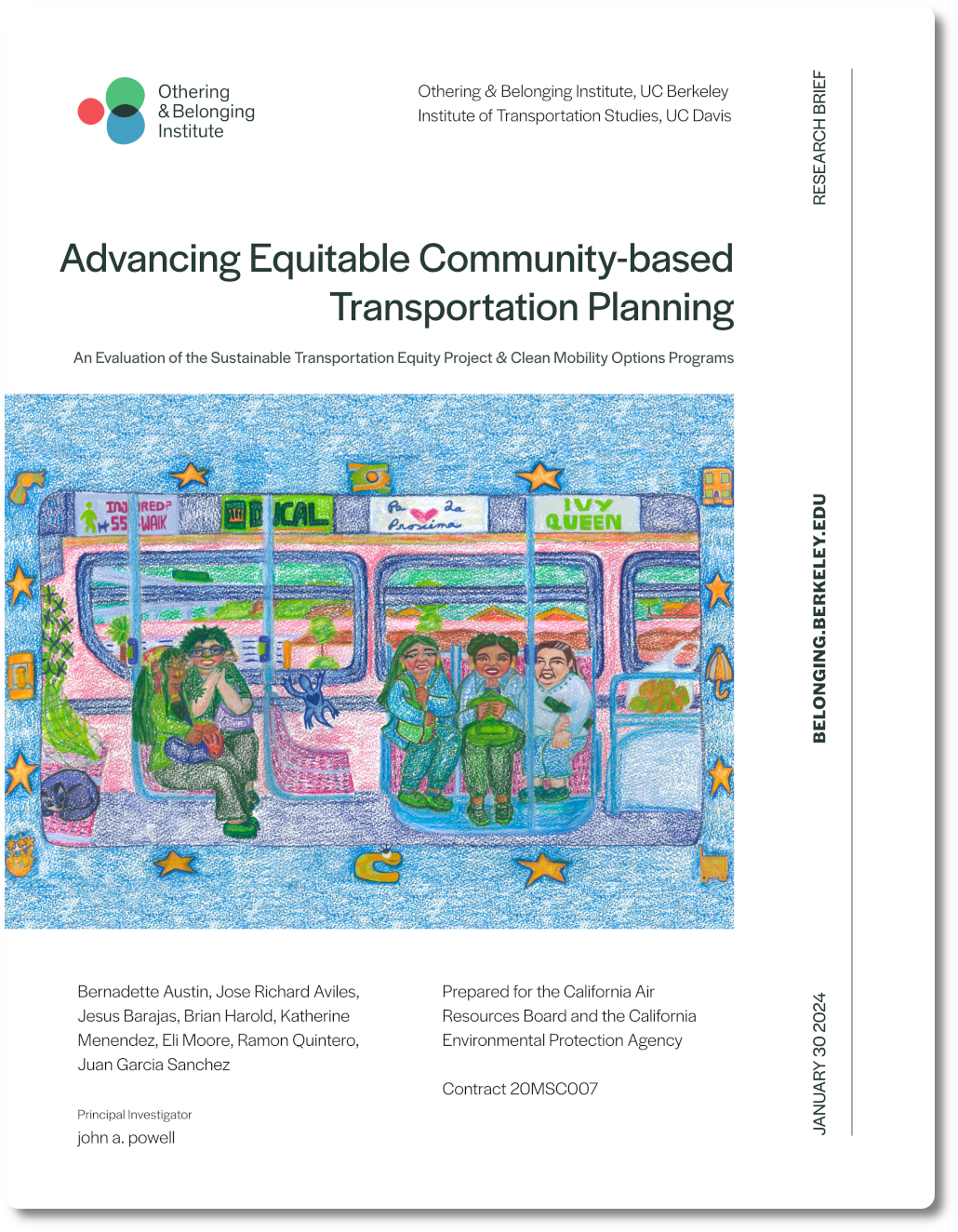In response to the need to reduce greenhouse gas emissions while reducing transportation inequities, the California Air Resources Board launched two clean mobility grant programs that fund community transportation needs assessments, planning, and project implementation in disadvantaged communities. This report details an evaluation of these programs based on a review of primary grant documents, participant observation during technical assistance with grantees, and interviews with 55 stakeholders, including state agency staff, grant awardees, grant applicants who were not awarded funding, and transportation equity advocates and leaders.
The evaluation identified program successes, including meaningful steps to build equity into transportation planning and implementation, and opportunities to develop innovative transportation solutions not ordinarily funded through usual pathways. The evaluation also identified a number of challenges and barriers to success, including the need to overcome a legacy of distrust between state government and equity-seeking communities, limited organizational capacity to apply for grants and execute grant program requirements, a perception of inequitable selection processes, and bureaucratic hurdles in paying for effective community engagement.
The programs are also limited in their ability to address the basic infrastructure needs in many disadvantaged communities, which is a precursor to deploying successful innovative transportation solutions. The report offers recommendations intended to address programmatic issues, equity concerns, and questions raised throughout the project research activities to support improved institutional and community capacities for equitable transportation. Importantly, recommendations include the need to establish an accountability plan that communicates programmatic changes, or limitations to those changes, and responds to community equity concerns.
Download the report here, and an accompanying brief with key findings from the report.



